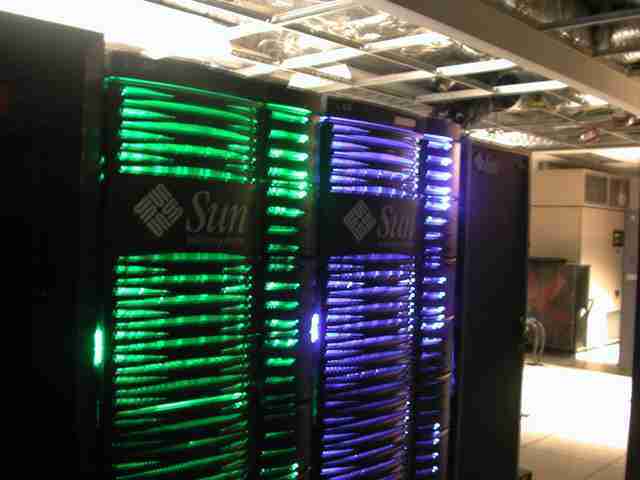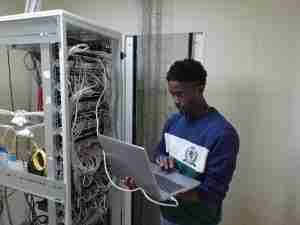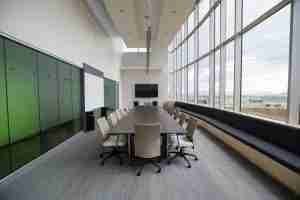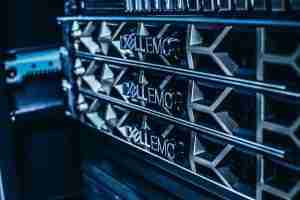What does a server look like?

Do you know what a server looks like? If not, don’t worry – most people don’t. Servers are often hidden away in data centers and other locations where they’re not easily visible to the average person. In this blog post, we will take a look at some fun facts about servers and how they work. We’ll also explore some of the different types of servers that are used today. So if you’re curious about what goes on behind the scenes when you visit your favorite website, keep reading!
A server is the most important piece of hardware in a company’s IT infrastructure. It can be thought as the brain of your entire network, and it houses all your data. It stores information about customers, invoices, inventory and more. But what does a server look like?
Do you want to know what does a server look like? A server is a computer that provides services to other computers on the network. It’s simple, but there are many different things you can do with them! You could make an excellent file sharing machine by enabling your system’s ability and setting it up in such away where others will be able copy files from its internal storage device (a hard drive). Servers provide file storage, data access and retrieval, email service, print service and more for users on your local area network (LAN).
Servers come in all shapes and sizes, but they typically have a few things in common. They usually have multiple fans to keep them cool, and they often have a number of hard drives for storing data. Servers also generally use more power than your average desktop computer, so they need special cooling systems to stay running properly.
There are a number of different types of servers, but the most common ones are web servers, application servers, and database servers. Web servers host websites and handle the requests from browsers to display pages. Application servers run applications like shopping carts or content management systems. And database servers store data for websites and applications.
Servers also allow you to connect with Internet websites such as Facebook or Gmail via an Internet connection provided by your ISP. Some servers provide internal access only within the local company or organization, while others allow for external connections.
More Details:
1. A server is a computer that stores and manages data
2. Servers are typically housed in warehouses or large buildings with 24/7 security
3. The average cost of a server is $10,000-$20,000 for the hardware alone
4. There are many types of servers including web servers, file servers, print servers, application servers, and database servers
5. Because they store so much valuable information on them, there’s always a chance that your server could be hacked by someone who wants to get their hands on all that data
6. Hackers can do this through software vulnerabilities or physical access to the machine itself.




